Currently, no other topic influences our lives as much as COVID-19. Many shops are closed, events have been cancelled, social distancing is en vogue, etc. Wherever possible, home office has been set up to continue working as best as possible. This is the case in our institute as well.
The Forschungszentrum Jülich is very close to the Heinsberg district, one of the most affected areas in Germany. As the risk of virus spread is very high with around 6000 employees, important measures to contain it were taken at an early stage. Business trips were scaled down further and further, the canteen was closed, events with more than 40 people were prohibited and finally, basic operations were introduced.
In our institute, the Institute of Neuroscience and Medicine (INM-7), home office was already implemented at the beginning of March, which means that week 7 of home office is coming to an end. We have turned our lab completely virtual and luckily this has come with only minimal compromises in terms of science and supervision. After a short period of getting used to the new situation, everyone has become familiar with it.
In the current situation four new colleagues have started working in our institute. It is quite bizarre that they have already been working for a month, but have not been on site yet – but even that is feasible. Only for parents the situation is a bit more difficult, because they have to take care of their children besides their work.
In order to allow for social exchange, we have set up a virtual meeting room called INM-7 kitchen so that we don’t have to give up our common coffee break. We also meet every Tuesday evening for a social video conference while having a few drinks. Even our institute seminars can be held online, which works surprisingly well (given that more than 60 people are joining). Moreover, using virtual conferences, it is way easier to invite external speakers to our seminar. As a platform we use the app Zoom, but we want to switch to another one, because there are considerable security concerns. Once we tried “BigBlueButton”, but some colleagues had problems with it (at least when 60+ participants took part). Now we are looking for an alternative. Do you have any tips for us? Which app do you use and how well do you get along with it?
My conclusion after 7 weeks of home office: Fortunately, it is going surprisingly well and it is becoming more and more normal to work from home. Nevertheless, I’m really looking forward to finally meet my colleagues in real life again.
How about you? Are you doing home office and if so, how do you cope with that?
Stay healthy! Many greetings from our home offices
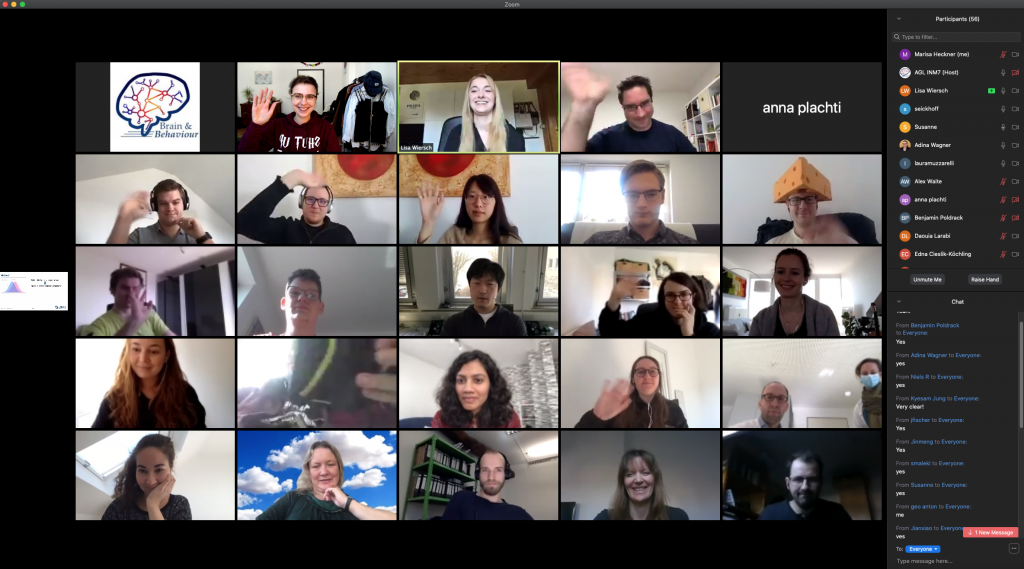
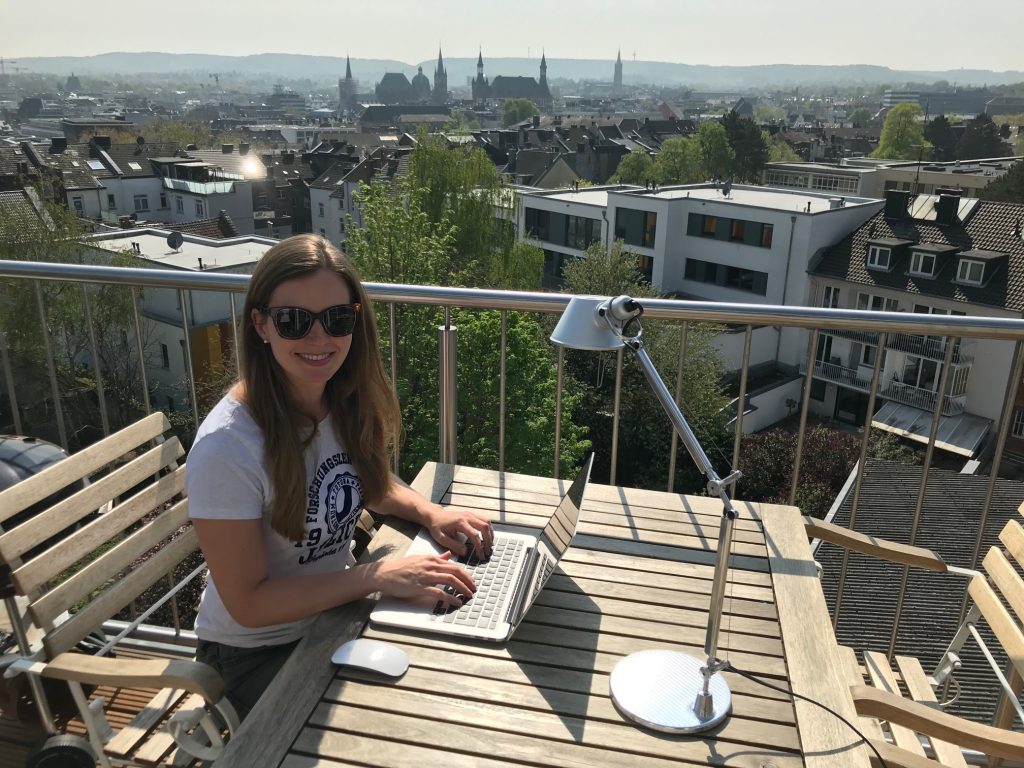

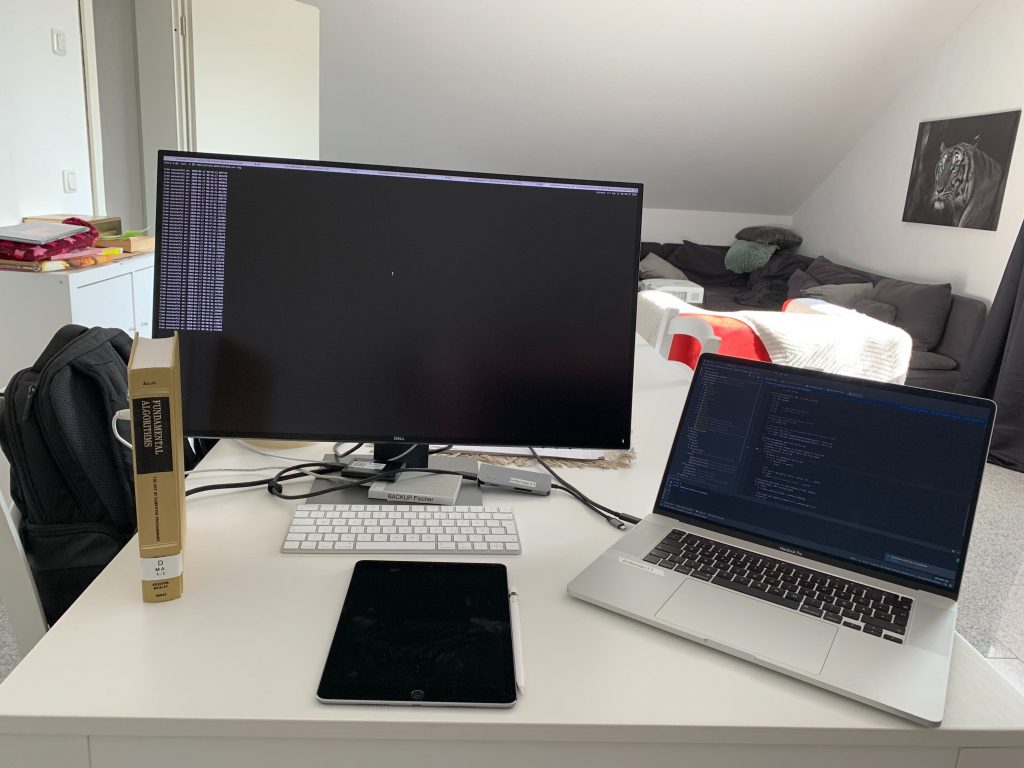
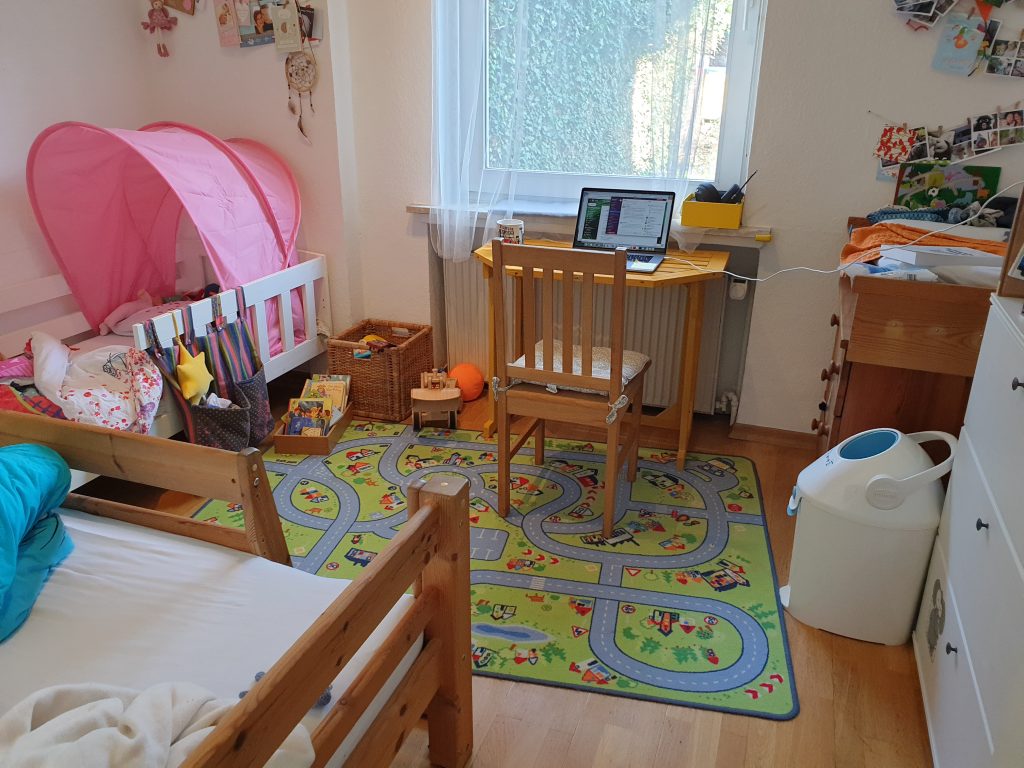


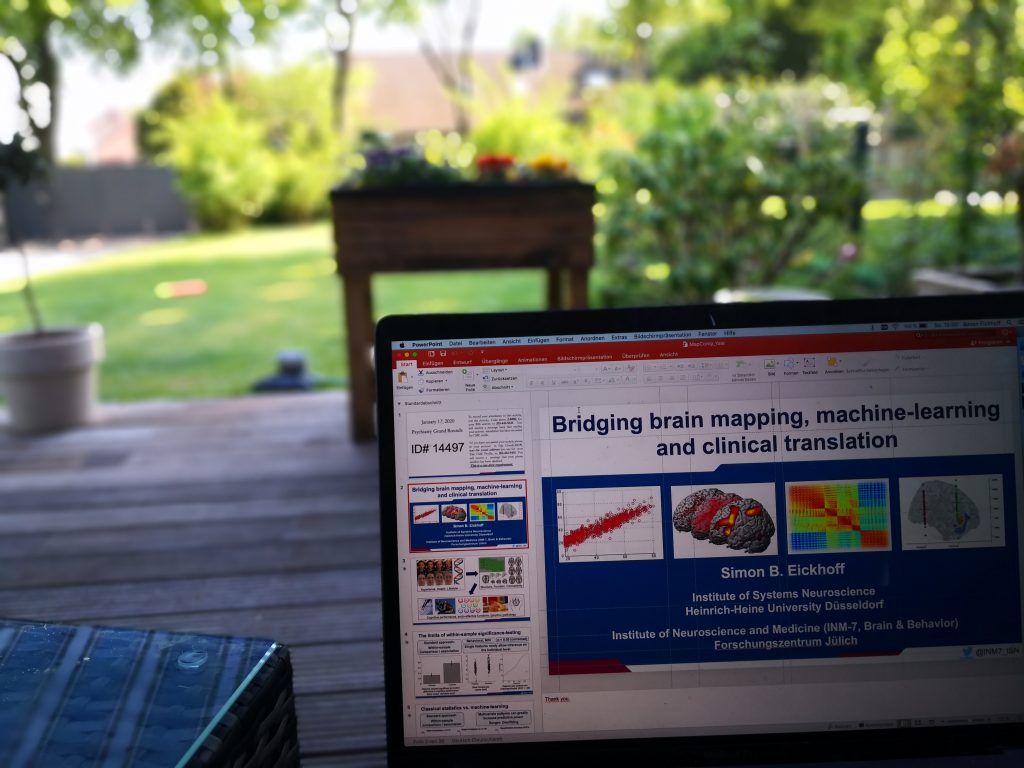

These are really impressive ideas in concerning blogging.
You have touched some pleasant things here. Any way keep up wrinting.